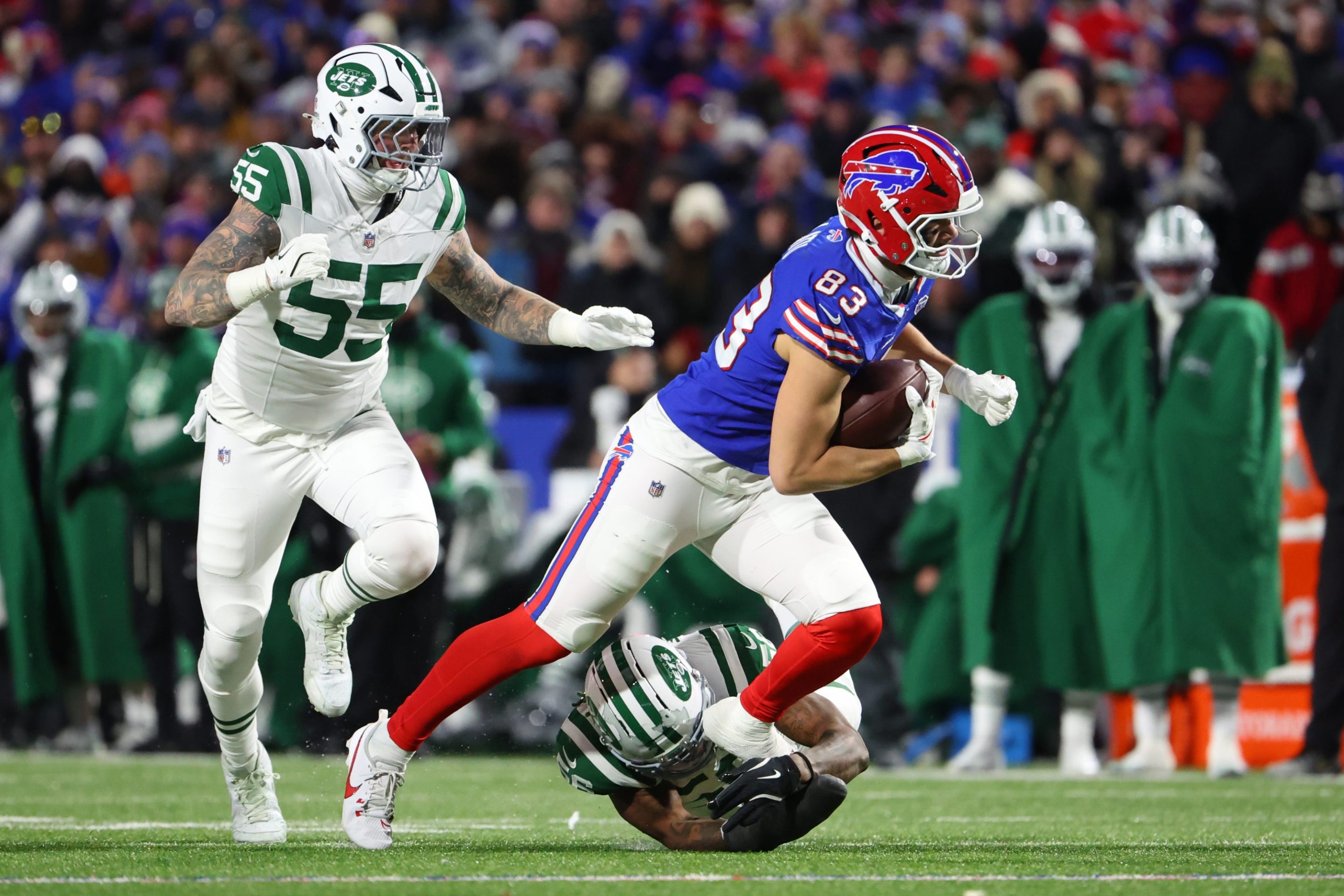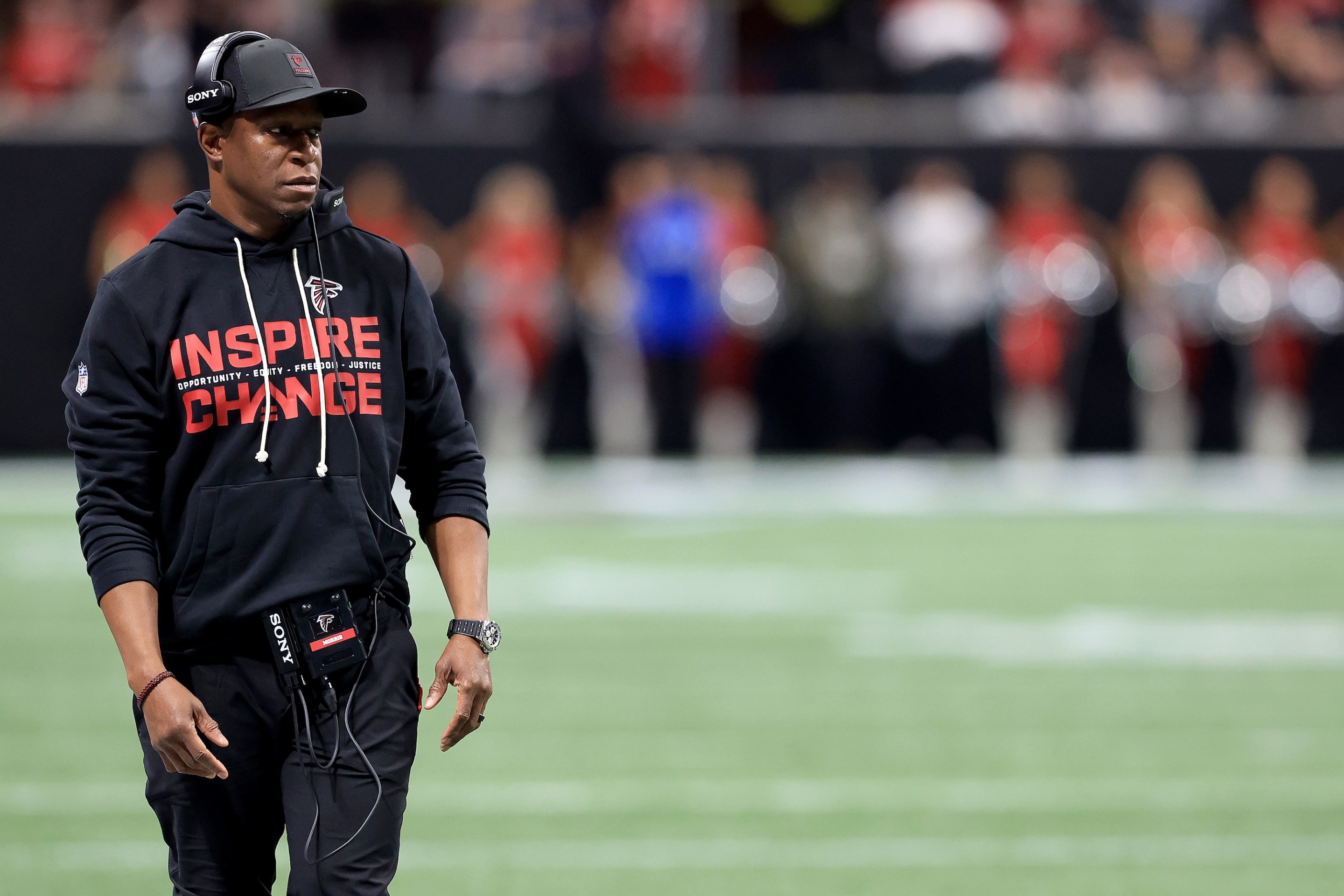Defector has partnered with Baseball Prospectus to bring you a taste of their work. They write good shit that we think you’ll like. If you do like it, we encourage you to check out their site and subscribe.
This story was originally published at Baseball Prospectus on August 22.
On Monday the excellent New York Times sportswriter Tyler Kepner, in his “On Baseball” column, profiled John Angelos, the Orioles’ managing partner. It focused primarily on the future of the Baltimore club as a business—a “public-private partnership,” in Angelos’ words—that would entail not just the ballpark, Camden Yards, but adjoining real estate that the Orioles currently neither own nor lease.
Kepner pointed out that the type of development this would entail would include “residence, hotels, shops, restaurants, bars.” Angelos mentioned “other possibilities: an elementary school located in the warehouse, a health and wellness clinic, internship and mentorship programs for local youth.” (To be clear, I am quoting Kepler’s article here, not Angelos directly.) I will ask you to curb your cynicism regarding this, and Angelos’ attempts to distance himself from the suspension of broadcaster Kevin Brown (“Nothing like that is going to happen again. It shouldn’t have happened once,” and those are direct quotes).
Rather, I want to focus on the fourth-to-last paragraph in the article. Angelos describes a stadium-and-real-estate arrangement as “existential.” He states, “I don’t think you should run losses. I think you should live within your means and within your market…The hardest thing to do in sports is be a small-market team in baseball and be competitive [I know, tell that to the Rays and Twins and Mariners and Reds and others—I told you, curb your cynicism], because everything is stacked against you—everything.” Without the changes he’s seeking, he said, “We’re going to have to raise the prices here—dramatically” in order to remain competitive and retain the core they’ve developed.
Kepner asked whether charging what the market will bear is what any business does, to which Angelos replied:
“Well, that’s a good question,” Angelos said. “But let’s say we sat down and showed you the financials for the Orioles. You will quickly see that when people talk about giving this player $200 million, that player $150 million, we would be so financially underwater that you’d have to raise the prices massively. Now are people going to come and pay that? I don’t know if we’re at the limit, to your point. I don’t know if we’re in equilibrium elasticity, supply and demand. Maybe we are. But really that’s just one team. What I’m really trying to think about is macro.”
Now, that is a quote. That’s where I want to focus.
Let’s start with the term that sounds like mumbo-jumbo, “equilibrium elasticity.” In economics, elasticity refers to the sensitivity of demand to price. If you raise the price of Skor bars a lot, people will buy Heath bars. If chicken prices go up, they buy turkey. If movie prices go up a lot, they stop going to movies. That kind of thing. Those are elastic goods. By contrast, if the price of tobacco products or utilities go up, people tend to keep buying them and try to save money elsewhere. Those are inelastic goods. But “equilibrium elasticity?” Granted, it’s been a long time since my last economics course, but that’s a new one to me. And we’re not talking about supply and demand—he’s not suggesting the Orioles will play more or fewer games—we’re talking about price and demand—whether the Orioles, were they to raise prices, would lose fans, and come out worse.
Besides, there are two problems with his thinking. First, the average lowest-price ticket at Camden Yards this season is $11, tied for the 13th-highest in MLB this year per USA Today. Per Statista, the average list ticket price is $123, the 10th-highest. So Orioles tickets are already relatively pricey. And while the team’s average attendance this season ranks only 21st so far this year, it’s risen from an average of 20,606 through the end of June to 29,120 since—yes, summer months always do better than spring months, but not that much better. The O’s have had rising attendance with relatively high-cost tickets. Second, it’s entirely possible that higher ticket prices (price) adversely affects attendance (demand)—elasticity in action!—but teams wind up making more money, as Rob Arthur and I have pointed out. Besides, the idea that paying players more money will result in higher ticket prices, as I’ve written, is nonsense, not that people like John Angelos are listening.
But I’m burying the lede. Let’s go to the second sentence. “But let’s say we sat down and showed you the financials for the Orioles.” That’s risible for two reasons. First, Angelos will not show you the financials for the Orioles. He promised to do so this winter, then reneged. But even if he did, we wouldn’t learn anything. Examining financial statements without the underlying details is useless, and I say this as a person who made a living examining financial statements. How much of the Orioles’ expenses involve payments to owners or their family and friends? Do the Orioles operate as one financial entity or separate companies? If the latter, how much do profits get shuffled from one entity to another for tax or other reasons? Without answers to those questions, “showing you the financials” will be meaningless.
The best information we have are the estimates Mike Ozanian and Justin Teitelbaum put together each spring at Forbes. And per their analysis this year, the team, valued at $1.71 billion, had operating profits (earnings before interest, taxes, depreciation, and amortization) of $67.7 million last season on revenues of $264 million. The only teams that generated higher profits last year were Boston ($71.6 million), San Francisco ($74.9 million), and Seattle ($85.8 million). We don’t have to see anything Angelos could show us to know that the team makes money.
But certainly, “giving this player $200 million, that player $150 million,” would cause that $67.7 million gain to swing to a $282.3 million loss. But, um, John? That’s not how long-term contracts work. You don’t have to pay everything all at once. Let’s say you sign Adley Rutschman to a Julio Rodríguez deal (12 years, $209.3 million) and Gunnar Henderson to a Ronald Acuña Jr. contract (eight years, $100 million). Hell, let’s give Grayson Rodriguez a Spencer Strider contract (six years, $75 million). (The Acuña deal was an underpay, but Grayson Rodriguez, to date, is not Strider.) That’s $384 million, in excess of your hypothetical $350 million. Those deals paid Rodríguez $5,937,500 in his first year, Acuña and Strider $1 million each. Subtract the combined $7.9 million from $67.7 million 2022 profit and the Orioles are not “financially underwater,” as Angelos warms. On a luxury tax basis—which divides a contract’s total value equally over all its years—Rodríguez’ deal is worth $17,441,667 per year, Acuña’s and Strider’s $12,500,000 each. Combine the three, you get $42.4 million. That’s still considerably less than the $67.7 million the Orioles raked in last year, when, through the season’s first 59 days, it had drawn 24.3 percent fewer fans to Camden Yards than this year.

The Orioles could lock up its young stars and still make money. But that’s not really the point. As I’ve written several times, MLB teams are, for owners, not businesses, but investments. Peter Angelos purchased the club for $173 million in 1993. Forbes estimates is value at $1.713 billion. That means the Angelos family has realized a 7.9% compound annual return, and that’s before anything they’ve pulled out of the company to pay themselves. That’s better than the Standard & Poors index of the 500 largest stocks in the country (7.5%). It’s been a good investment.
The best part of the paragraph, though? The last two sentences. “But really that’s just one team. What I’m really trying to think about is macro.” Angelos’ discussion of his team’s financial condition is dissembling. Obviously, he’s talking about one team. When it comes to MLB finances as presented by the league, though, he’s right. It really is macro.






